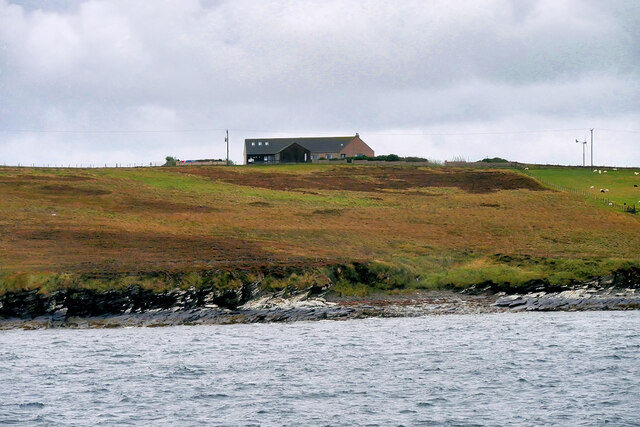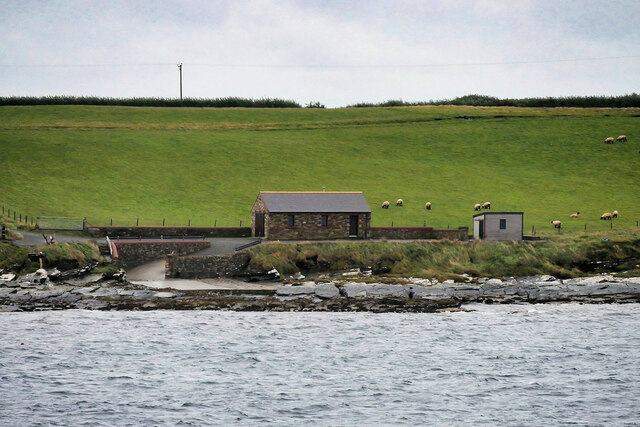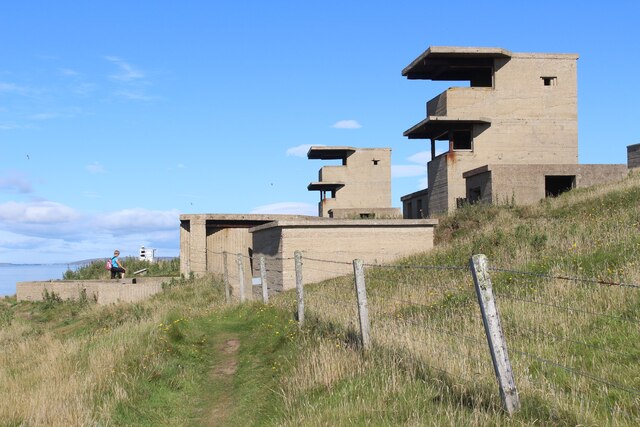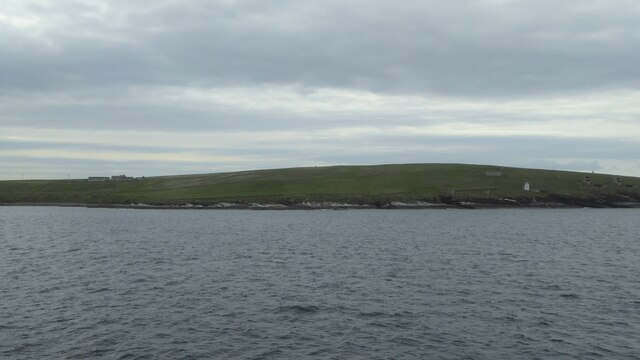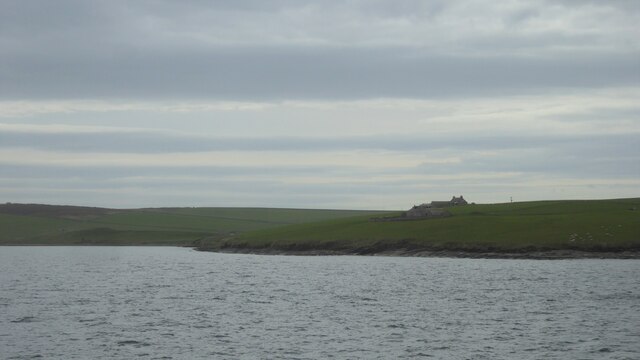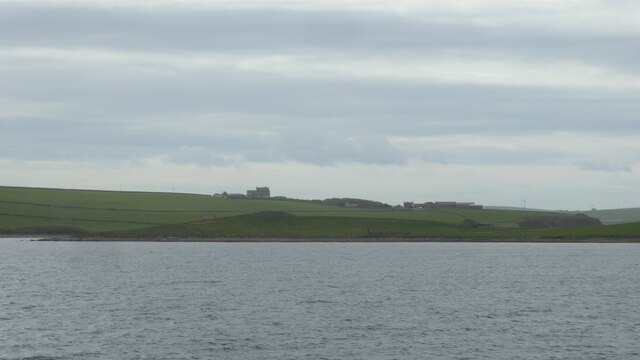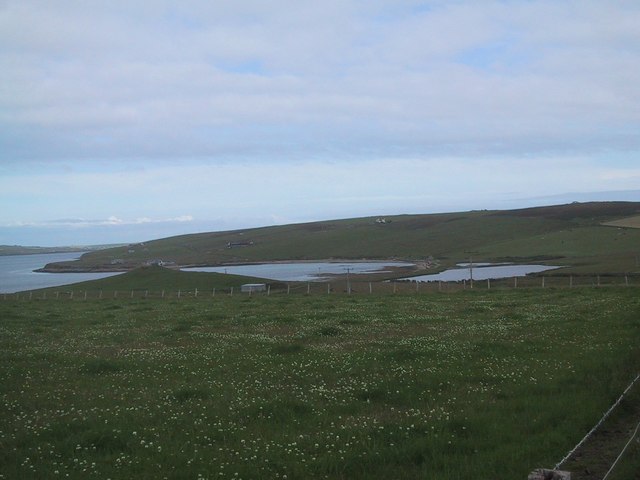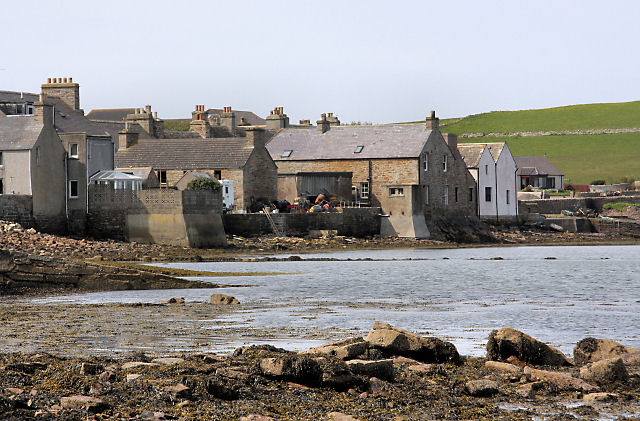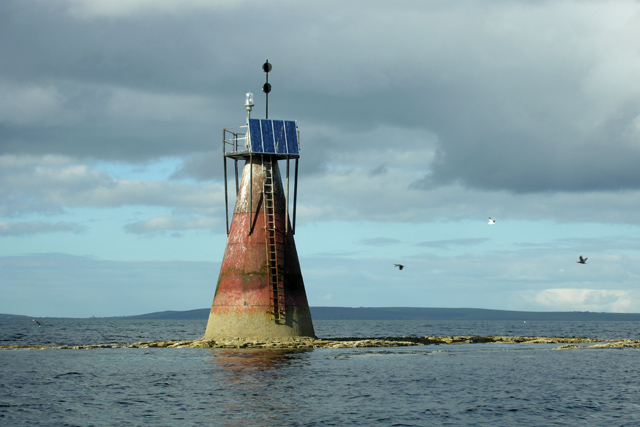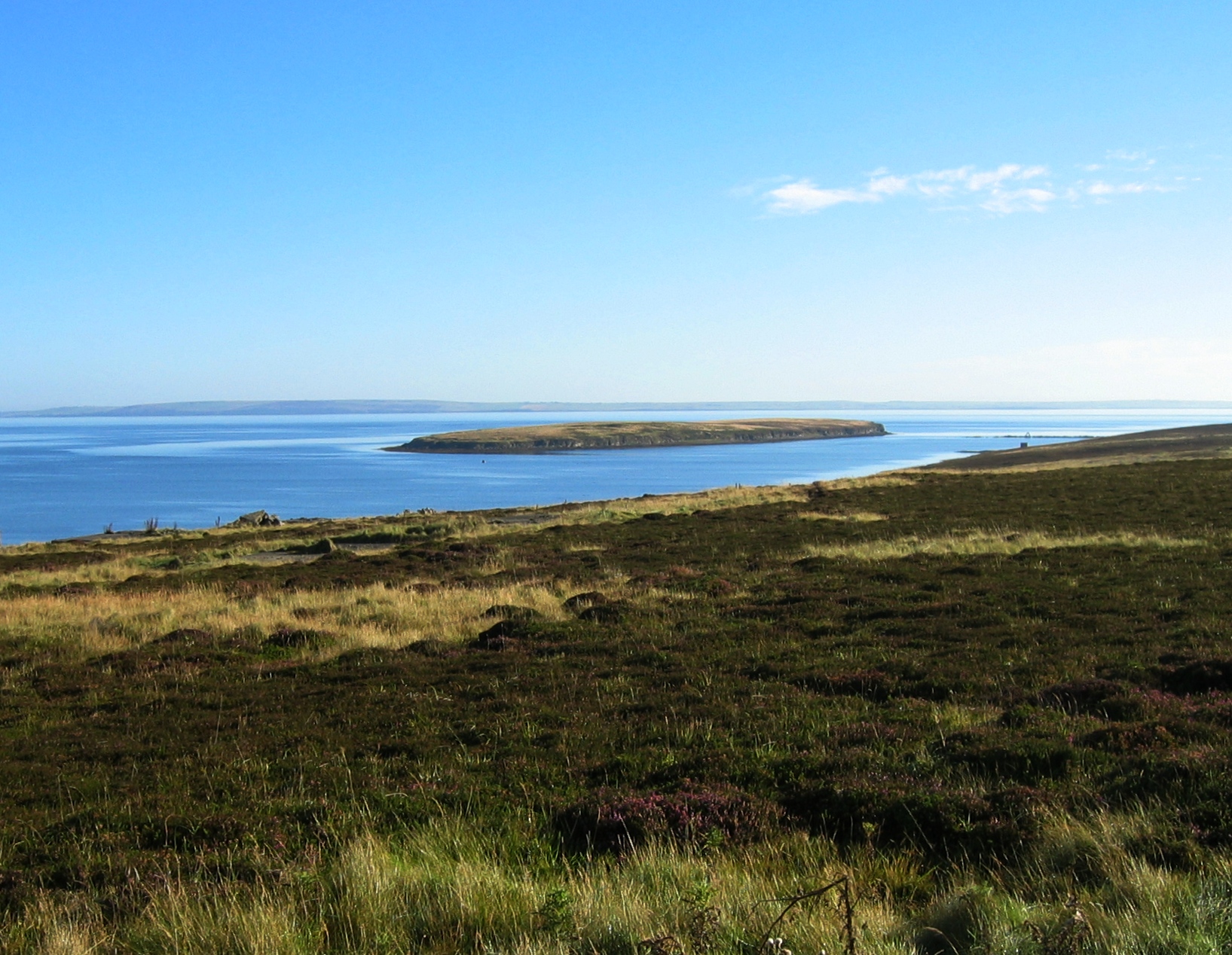Widewall Bay
Bay in Orkney
Scotland
Widewall Bay
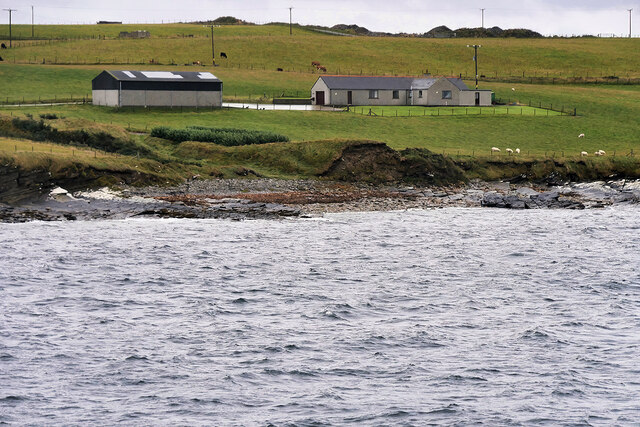
Widewall Bay is a captivating bay located on the northeastern coast of the Orkney Mainland, Scotland. The bay stretches approximately 2.5 kilometers, offering stunning views of the North Sea and the surrounding rugged cliffs. Its strategic location makes it a popular spot for locals and tourists alike.
With its unique blend of natural beauty and historical significance, Widewall Bay has something to offer for everyone. The bay is known for its pristine sandy beach, which is perfect for leisurely walks or picnics on sunny days. The crystal-clear waters of the bay also make it an ideal spot for swimming and other water activities during the warmer months.
Aside from its natural charm, Widewall Bay is steeped in history. The remains of a Viking boat burial were discovered here, providing valuable insights into the island's past. The nearby Cairns of Gurness, an Iron Age settlement, further adds to the historical significance of the area. Visitors can explore these archaeological sites and imagine the lives of the ancient inhabitants who once called this place home.
Widewall Bay is also a haven for wildlife enthusiasts. The bay is home to a variety of bird species, including puffins, fulmars, and guillemots, making it a birdwatcher's paradise. Seals can often be spotted basking on the rocks, adding to the charm of the bay.
Overall, Widewall Bay offers a captivating blend of natural beauty, rich history, and abundant wildlife. Whether one seeks relaxation, adventure, or a glimpse into the past, this bay is a must-visit destination in Orkney.
If you have any feedback on the listing, please let us know in the comments section below.
Widewall Bay Images
Images are sourced within 2km of 58.81897/-3.0084455 or Grid Reference ND4192. Thanks to Geograph Open Source API. All images are credited.
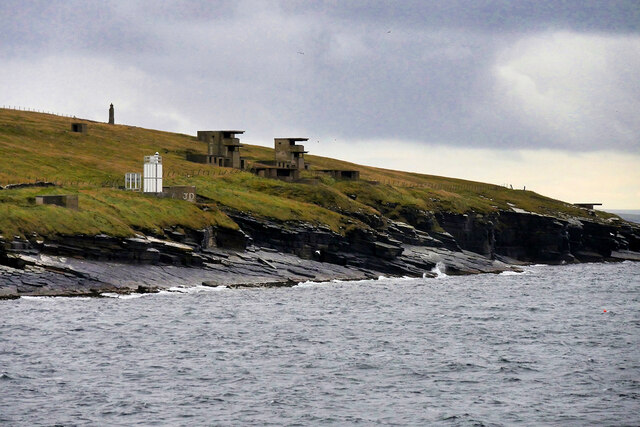
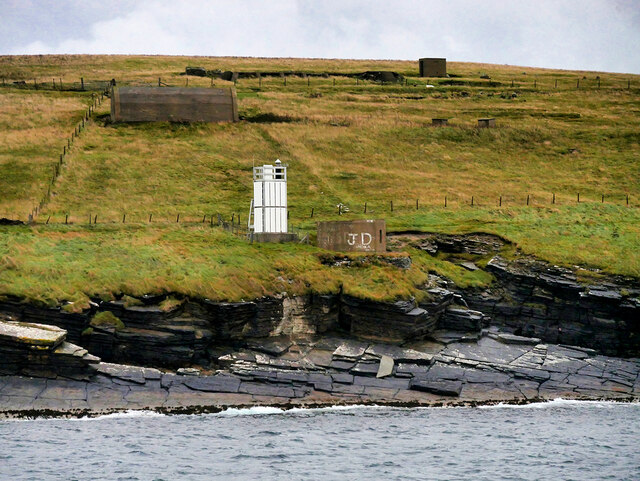
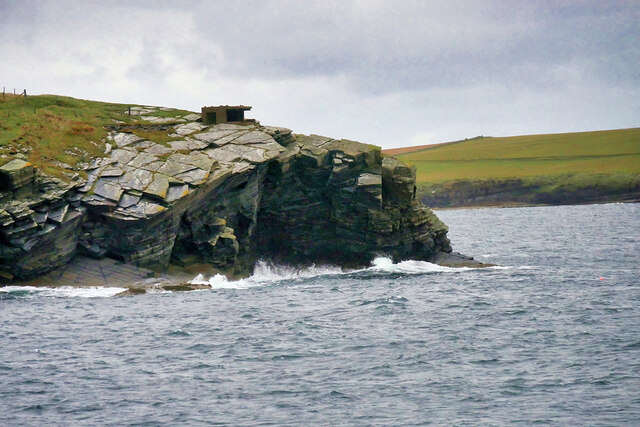
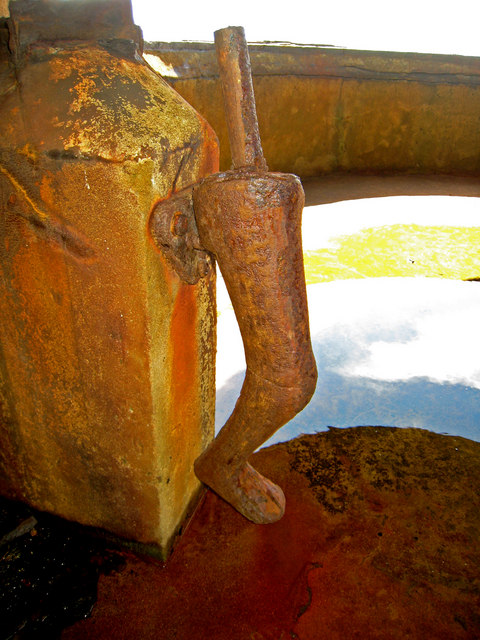
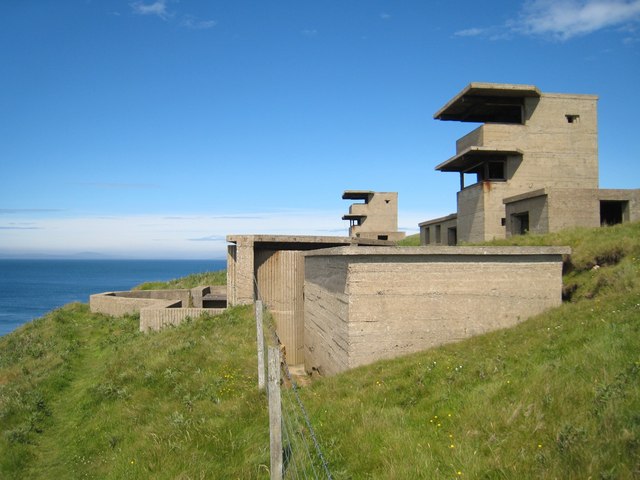
Widewall Bay is located at Grid Ref: ND4192 (Lat: 58.81897, Lng: -3.0084455)
Unitary Authority: Orkney Islands
Police Authority: Highlands and Islands
What 3 Words
///apparatus.paid.singing. Near St Margaret's Hope, Orkney Islands
Nearby Locations
Related Wikis
Hoxa, Orkney
Hoxa is a small settlement on the island of South Ronaldsay in the Orkney Islands north of mainland Scotland. Hoxa is located 1+1⁄4 miles (2.0 km) west...
Herston, Orkney
Herston is a village on South Ronaldsay, Orkney, Scotland, United Kingdom. Herston is historically a fishing village but its only industry to speak of...
St Margaret's Hope
St Margaret's Hope is a village in the Orkney Islands, off the north coast of Scotland. It is known locally as The Hope or The Hup. With a population...
Nevi Skerry
Nevi Skerry is a skerry situated in Scapa Flow in the Orkney Islands. The skerry is situated approximately 1 km (0.62 mi) east of Flotta and approximately...
Hunda
Hunda is an uninhabited island in the Orkney archipelago in Scotland. It is 100 hectares (0.39 sq mi) in extent and rises to 42 metres (138 ft) above sea...
South Ronaldsay
South Ronaldsay (, also , Scots: Sooth Ronalshee) is one of the Orkney Islands off the north coast of Scotland. It is linked to the Orkney Mainland by...
Calf of Flotta
The Calf of Flotta is a small island in Scapa Flow, Orkney. The Calf is next to Flotta, with "Calf" deriving from Old Norse/Norn and meaning a smaller...
Whome
Whome is the largest settlement on the Orkney island of Flotta, Scotland. The village is situated on the B9046, the main road across Flotta. Views from...
Nearby Amenities
Located within 500m of 58.81897,-3.0084455Have you been to Widewall Bay?
Leave your review of Widewall Bay below (or comments, questions and feedback).
